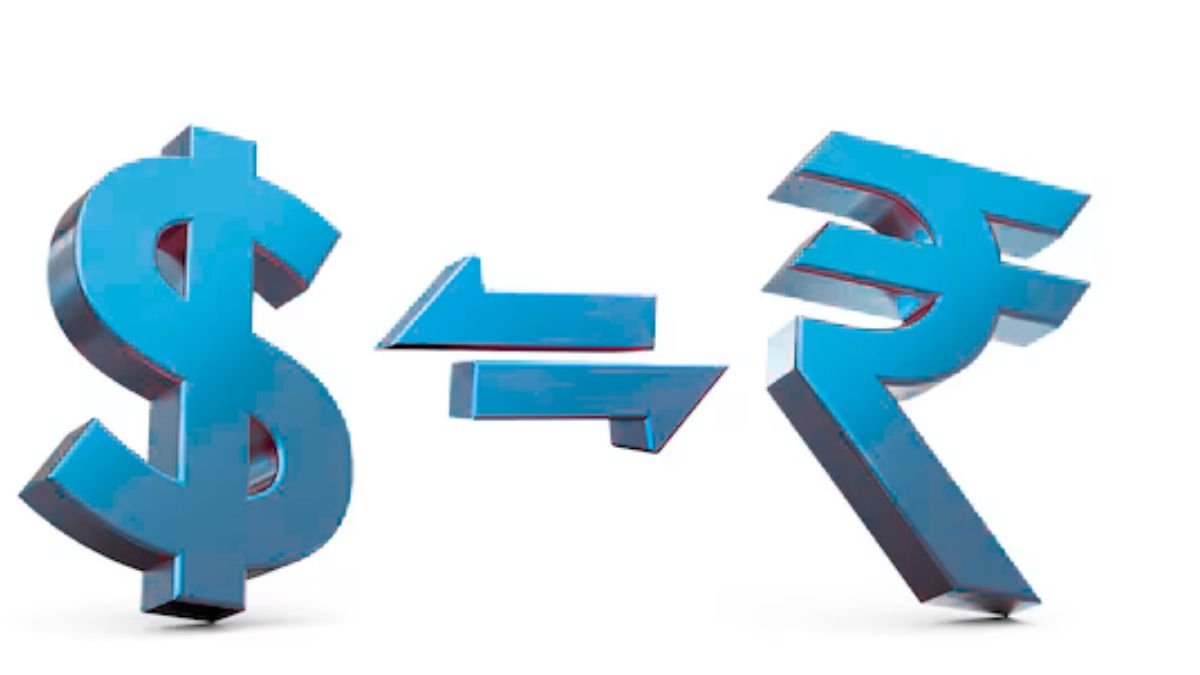Rupee Recovers From Record Low, Closes 16 Paise Higher at 87.72 Against US Dollar
RBI holds interest rates steady; volatility persists amid global oil prices and US tariff concerns

Mumbai, August 6, 2025 —
The Indian rupee on Wednesday rebounded from its all-time low to close 16 paise higher at 87.72 against the US dollar, buoyed by a volatile greenback and the Reserve Bank of India’s (RBI) decision to maintain the benchmark interest rate at 5.5%.
The recovery came a day after the rupee had plummeted to a historic low of 87.88, driven by a combination of global and domestic pressures, including surging crude oil prices, weak equity market performance, and uncertainty surrounding potential US tariffs on India over continued oil purchases from Russia.
Currency Market: Rupee Shows Signs of Stabilization
At the interbank foreign exchange market, the domestic currency opened at 87.72 and swung between a day’s low of 87.80 and a high of 87.63, before settling at the opening level. This marked a significant rebound from Tuesday’s close, which had also matched the previous all-time intra-day low of 87.95, last seen on February 10 this year.
Forex traders attributed the partial recovery to the RBI’s active market presence, volatility in the US dollar index, and anticipatory behavior ahead of impending US sanctions on entities involved in Russian oil trade.
“The rupee was in a narrow range with RBI protecting one end and FPIs buying for their dollar outflows, along with oil companies, before the due date of US secondary sanctions on Russia day after tomorrow,” said Anil Kumar Bhansali, Head of Treasury and Executive Director at Finrex Treasury Advisors LLP.
Bhansali added, “We wait for the penal tariffs US applies on India for purchasing oil from Russia. For tomorrow, we expect rupee in the range of 87.25 to 88.00.”
RBI Holds Interest Rate Amid Tariff Uncertainty
In its third bi-monthly monetary policy announcement for FY2025-26, the Reserve Bank of India held the repo rate steady at 5.5%, following three consecutive rate cuts earlier in the fiscal year.
RBI Governor Sanjay Malhotra stated that the central bank will maintain a neutral stance, balancing the need to support economic growth while managing inflation and external sector risks.
Malhotra also confirmed that the GDP growth projection for FY26 has been retained at 6.5%, despite headwinds such as rising crude prices and trade-related uncertainties with the United States.
Crude Oil Prices and Equity Market Performance Weigh on Rupee
Brent crude prices surged 1.45% to USD 68.62 per barrel in futures trade, further pressuring India’s import bill and current account balance. India imports over 80% of its crude oil needs, making the rupee highly sensitive to global oil market trends.
Meanwhile, domestic equities also contributed to the rupee’s recent slide. The 30-share BSE Sensex dropped by 166.26 points to end the day at 80,543.99, while the broader Nifty 50 declined 75.35 points to close at 24,574.20.
Foreign institutional investors (FIIs) were net sellers, offloading equities worth ₹4,999.10 crore, according to provisional exchange data.
Global Factors Add to Market Nervousness
The US dollar index (DXY), which measures the strength of the greenback against a basket of six major currencies, remained marginally positive at 98.79, rebounding slightly after overnight losses.
This comes at a time when the global financial community is closely watching the United States’ trade policy towards India. The Biden administration is expected to announce secondary sanctions or penal tariffs in response to India’s continued imports of Russian crude, in possible violation of existing international sanctions.
Such a move could have significant implications for India’s external trade dynamics and foreign investment sentiment, both of which are critical to rupee stability.
Analyst Outlook: A Cautious Path Ahead
Currency analysts suggest that the rupee is likely to remain under pressure in the short term, though the RBI’s intervention and relatively strong domestic macroeconomic indicators may limit a sharp depreciation.
“While we have seen a temporary pullback today, the path ahead for the rupee is riddled with uncertainties—from US policy actions to global oil market fluctuations. Unless these external shocks subside, the rupee may continue to hover near its all-time lows,” said a Mumbai-based forex strategist who preferred anonymity.
Technical charts suggest that 87.95 remains a key resistance level for the rupee. A sustained break below 87.50 could offer some relief, while a breach above 88.00 might trigger further weakness.
Conclusion: Volatility Continues as Investors Await Clarity on US Tariffs
The Indian rupee’s modest recovery on Wednesday offers temporary relief after hitting a record low, but sustained pressure from crude oil prices, foreign capital outflows, and geopolitical tensions continue to weigh heavily on investor sentiment.
With the RBI holding rates steady and maintaining a cautious yet supportive stance, much now depends on how the US-India trade situation unfolds in the coming days. Market participants will be watching closely as developments around secondary sanctions and energy policy emerge.
As global uncertainties persist, both traders and policymakers remain on edge—navigating a delicate balance between supporting economic recovery and shielding the currency from further shocks.





